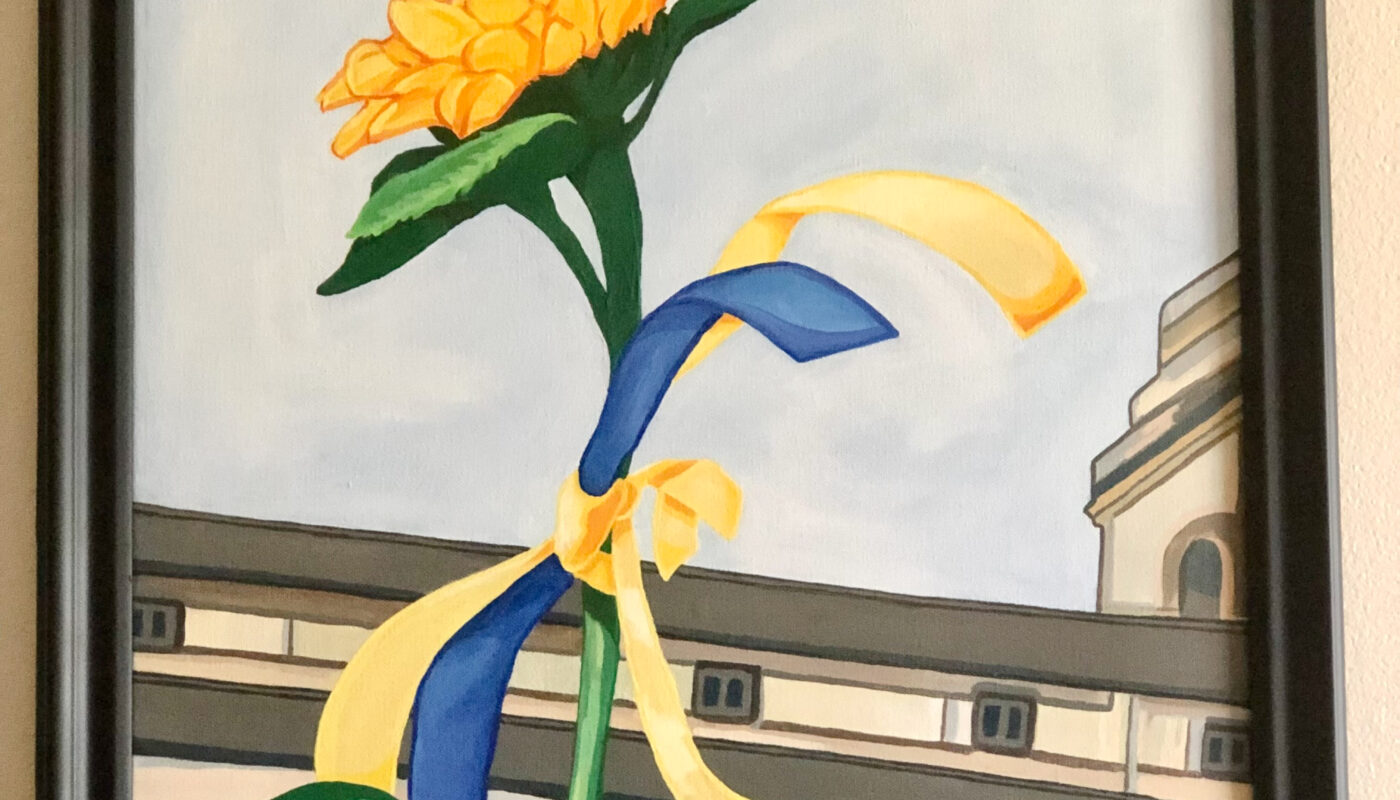Art Sterling Scholar Emma Johansen just got accepted into the Springville Museum of Art’s annual show for the second time in a row. Along with this statewide show, which takes place in January, a regional show hosted at Snow College in May presents another opportunity for students to have their pieces publicly displayed.
“Mostly I just was excited that that piece I was working on for the show got in,” Johansen said. “It was a bigger piece too, so I was grateful that I didn’t waste all that time for nothing.”
There are 740 students at NS, and every single one of these students expresses themselves in some way. For many students, art is the outlet for their feelings.
“It’s a way I can express myself without having to talk,” junior Christine Jones said. “I don’t really like speaking in front of people, so it’s just an easy way to let it all out without having to talk about it.”
Because of this expressive quality art has, some students also use it to communicate their affection toward loved ones.
“It’s kind of like a love language to me,” sophomore Gracie Larson said. “With all my parents and grandparents, I always draw something on their cards that relates to them and that I know they’ll think is cute.”
Along with creating art to connect with people, some students find themselves building a connection with the art piece itself.
“I definitely think it’s the time you put in it, ” junior Gracie Kjar said. “I feel like it’s a relationship in a way. The more you get to know someone or something, the closer you get to it – even if [the art] is not a living thing, by the time you’re done with it, it might as well be a living thing.”
This bond with their art may also be related to the meaningful topics some students use as inspiration for their pieces. Last year Kjar created a piece to commemorate the war between Ukraine and Russia.
“I just felt that meant a lot to me,” Kjar said. “It was showing peace during this time of mourn and I thought, ‘Hey, I think that’s something we need right now,’ so I just painted it.”
Students also find observing art created by other artists valuable, because it allows them to appreciate and connect with fellow artists, even without talking to them.
“It’s so beautiful to see how everyone can create beautiful things,” Kjar said. “I love admiring the details because I know personally that those details, even though you may not see it from far away, they matter when you’re up close and looking at it.”
These students can also take the time observing art as an opportunity to learn from other artists since they all have different techniques or different styles.
“An art museum is Pinterest but in real life,” Johansen said. “You’re just walking through and you’re seeing how people do things differently, and I like that because it makes me think more, ‘Oh I could do that and that would help this come across better,’ or, ‘This is very eye-catching – I like how they did that,’ or ‘That is really bad – I want to stay away from that.’”
This is one of the reasons Paul Allred, the visual art teacher at the school, shows art pieces as examples to his classes when assigning a project. However, it can also have a negative effect.
“I’ve also noticed if I don’t show them an example they usually don’t rise up,” Allred said. “They’ll give you the minimal thing that they thought. If you show them something really above, they’ll strive for that, but sometimes it can backfire on you and overwhelm them.”
While these students enjoy looking at other artists’ pieces, it can also give them a feeling of pressure for their artwork to be good, knowing that others are likely analyzing their art as well.
“I always find myself over-assessing comments about my art,” junior Sadie Hathaway said. “Like if someone says ‘oh that looks nice,’ I’m like ‘Do they mean nice as in they like how it looks? Are they saying that just to compliment?’”
Some also feel the obligation to make their art meaningful to others, instead of doing things they find fun.
“For me, if I’m wanting to do a piece, I take a lot of time and effort thinking about it,” Johansen said. “Honestly it can be super exhausting sometimes but then that just makes the end piece better because you exhausted yourself to put all this effort into it which makes it meaningful.”




